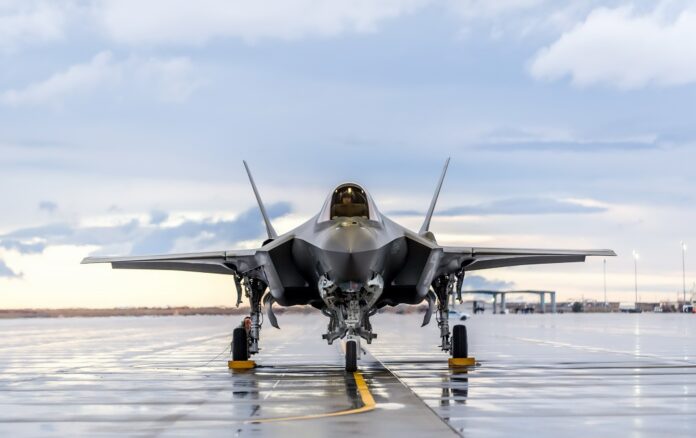Amid growing speculation about a potential sale of F-35 stealth fighters to India, Foreign Secretary Vikram Misri has clarified that the offer remains a proposal, with no formal process currently underway. This statement tempers the excitement surrounding US President Donald Trump’s remarks during Prime Minister Narendra Modi’s visit to Washington, where he indicated a willingness to expand defence ties, including potential high-end fighter jet sales.
A New Phase in Indo-US Defence Cooperation?
President Trump underscored the strengthening defence relationship between India and the United States, highlighting the prospect of increased military sales. He suggested that beyond the F-35, deeper collaboration in defence production—particularly in autonomous systems—could enhance Indo-Pacific security. However, with Misri’s clarification, it is evident that discussions are still in their early stages, and India has not yet committed to acquiring the F-35.
Evaluating the F-35 for India’s Air Force
The F-35 is one of the most advanced multirole fighters in the world, incorporating state-of-the-art stealth, sensor fusion, and network-centric warfare capabilities. If India were to move forward with an acquisition, it would represent a major shift in its airpower strategy. However, integrating an American stealth fighter into the Indian Air Force (IAF), which primarily operates Russian and European platforms, presents complex operational and logistical challenges.
Moreover, the F-35 program is governed by strict US regulatory controls, meaning any future upgrades, modifications, or maintenance would require American oversight. This could impact India’s strategic autonomy, particularly in a conflict scenario where operational independence is crucial.
Strategic and Geopolitical Implications
While an F-35 acquisition would deepen India’s defence ties with the US, it could also affect relationships with longstanding partners like Russia, which has offered India the Su-57 Felon with local production opportunities. India has historically pursued a diversified procurement strategy to maintain flexibility in its defence partnerships, and any major shift towards US-made fighters would need careful evaluation.
Another key consideration is the impact on India’s indigenous fifth-generation fighter program, the Advanced Medium Combat Aircraft (AMCA). With India aiming for self-reliance in defence manufacturing, committing resources to an imported platform like the F-35 could divert attention from domestic development efforts.
The Road Ahead
While discussions on an F-35 deal highlight the growing depth of Indo-US defence cooperation, India remains in an exploratory phase, with no formal procurement process initiated. Any future decision will need to weigh operational advantages against interoperability challenges, costs, and long-term strategic interests. For now, the F-35 remains an offer—not a done deal.



